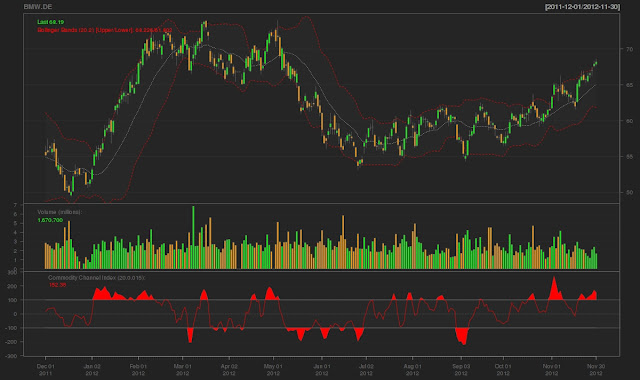Here's the link to ArXiv: http://arxiv.org/pdf/1210.1847v2.pdf
Here's the abstract:
Constraints on the Universe as a Numerical Simulation
Observable consequences of the hypothesis that the observed universe is a numerical simulation performed on a cubic space-time lattice or grid are explored. The simulation scenario is first motivated by extrapolating current trends in computational resource requirements for lattice QCD into the future. Using the historical development of lattice gauge theory technology as a guide, we assume that our universe is an early numerical simulation with unimproved Wilson fermion discretization and investigate potentially-observable consequences. Among the observables that are considered are the muon g-2 and the current differences between determinations of , but the most stringent bound on the inverse lattice spacing of the universe, b^-1 >~ 10^11 GeV, is derived from the high-energy cut off of the cosmic ray spectrum. The numerical simulation scenario could reveal itself in the distributions of the highest energy cosmic rays exhibiting a degree of rotational symmetry breaking that reflects the structure of the underlying lattice.
Conclusion
In this work, we have taken seriously the possibility that our universe is a numerical simulation. ...
Nevertheless, assuming that the universe is finite and therefore the resources of potential simulators are finite, then a volume containing a simulation will be finite and a lattice spacing must be non-zero, and therefore in principle there always remains the possibility for the simulated to discover the simulators.
